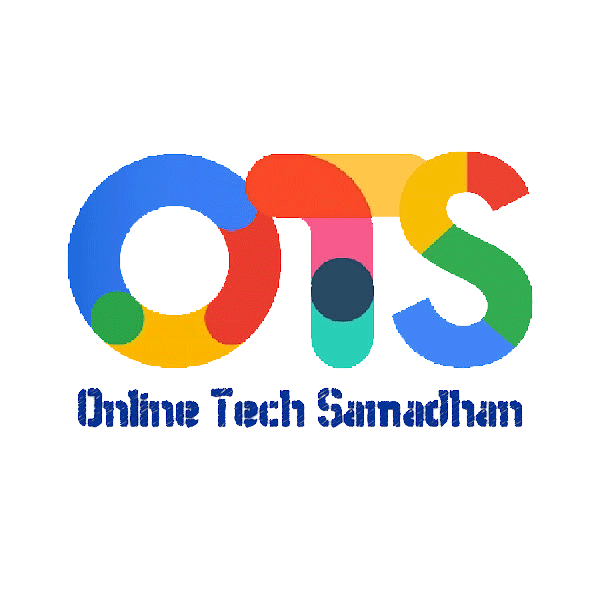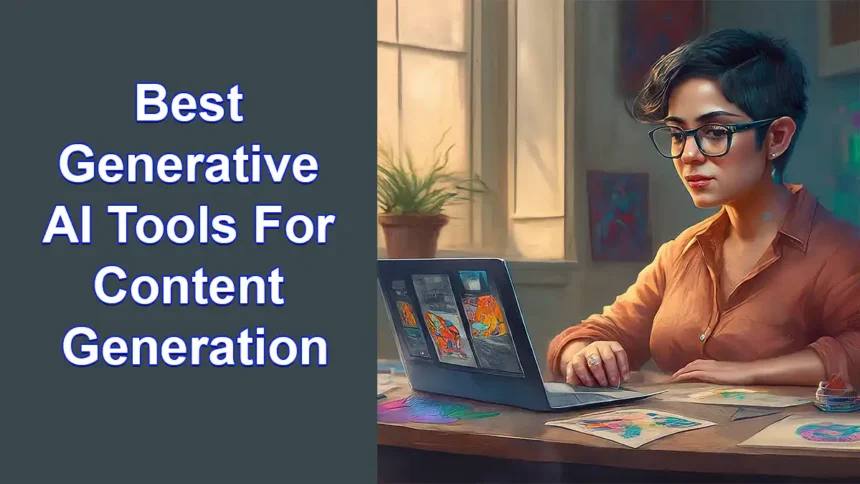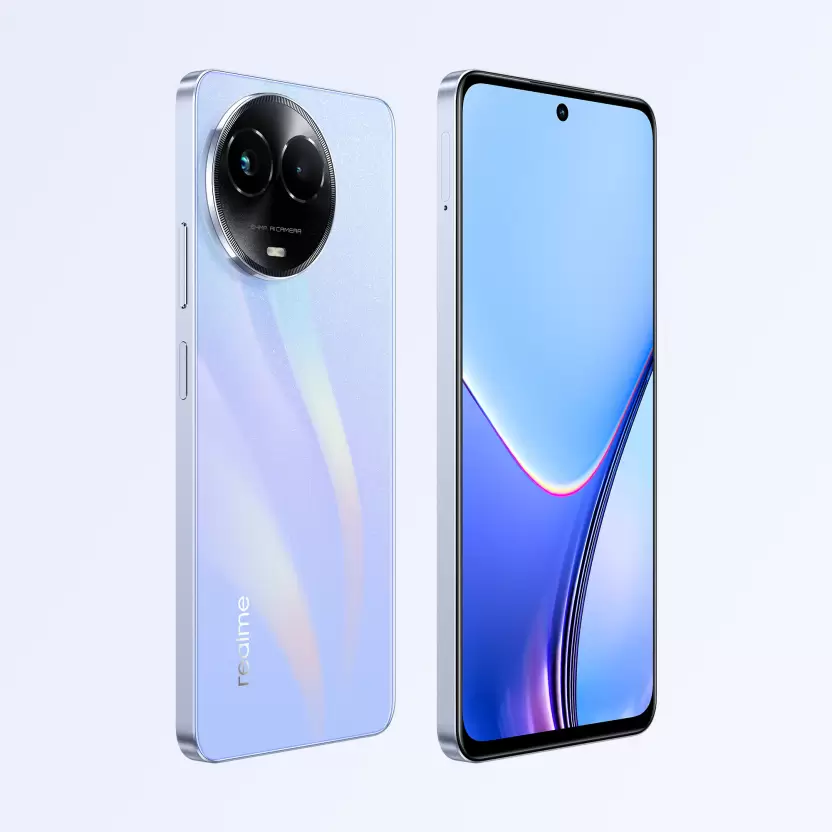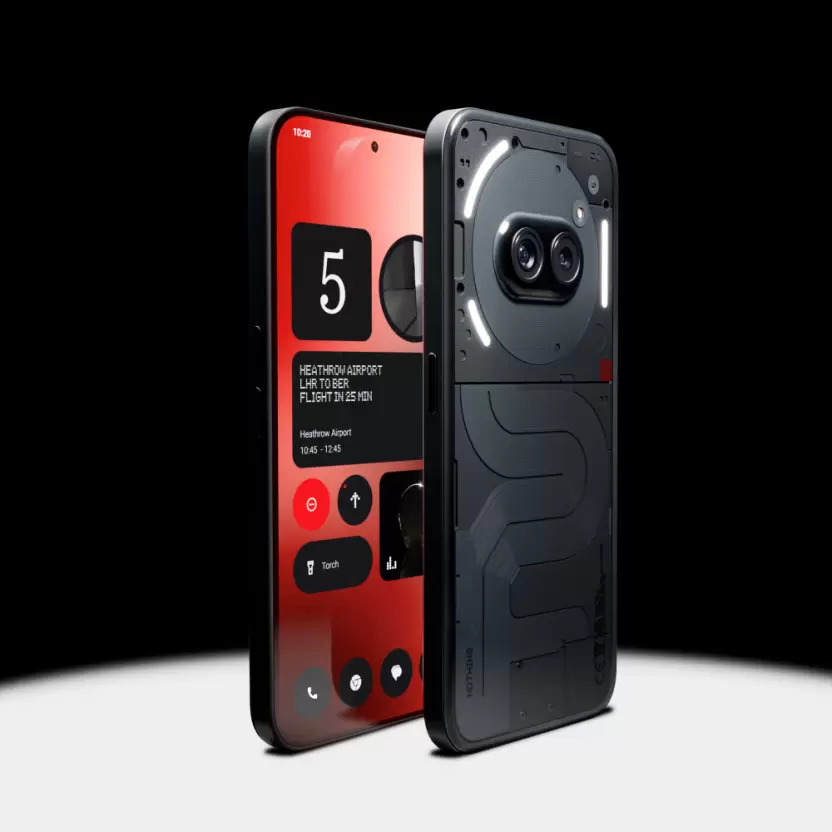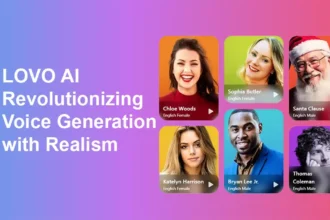Unlock Creativity with the Best Generative AI Tools for Content Generation
Welcome to the exciting world of New Generative AI Tools! This groundbreaking field combines technology and creativity to unlock endless possibilities. Using advanced deep learning algorithms and neural networks, New Generative AI models understand complex patterns and create incredibly realistic outputs. It’s used to bring characters to life in video games and movies, and to create beautiful and emotional music.
This technology is transforming many industries and allowing for more innovation and artistic expression. By automating creative processes, it empowers creators to push boundaries and unleash their imagination. As the Best Generative AI Tools continues to advance, we can expect even more amazing applications that will change the way we create and experience the world. So, get ready to embark on an exciting journey of creativity and innovation with New Generative AI!
Top 5 Best Generative AI Tools
ChatGPT, the generative AI chatbot developed by OpenAI, has taken the world by storm with its ability to engage in realistic and informative conversations. However, it’s not the only player in the field. Several competitors are vying for a piece of the generative AI pie, each offering unique features and strengths. Let’s explore some of the most notable:
You May Love To Read
1. Gemini (Google AI):
Gemini, developed by Google, is an advanced generative model designed to prioritize factual accuracy while offering a wide range of creative text formats such as poems, code, scripts, and musical pieces. It boasts high accuracy in language generation and can adapt to various writing styles, making it a versatile tool for diverse applications. However, it is still under development, with limited availability compared to other options in the market.

Image Credit Gemini
| Attribute | Details |
|---|---|
| Developed by | Google AI |
| Key features | – Focuses on factual accuracy – Offers various creative text formats – Avoids claims of sentience or consciousness – Supports poems, code, scripts, musical pieces, email, letters, etc. |
| Strengths | – High accuracy due to factual language training – Ability to adapt to different writing styles – Vast language generation capabilities |
| Weaknesses | – Still under development – Limited availability compared to ChatGPT |
2. ChatGPT(OpenAI):
ChatGPT, developed by OpenAI, is a cutting-edge natural language processing model celebrated for its capacity to engage in lifelike and informative conversations. Employing state-of-the-art deep learning techniques, ChatGPT comprehends and produces human-like text across diverse topics, rendering it invaluable for communication, research, and creative pursuits.

Image Credit ChatGPT
| Attribute | ChatGPT(OpenAI) |
|---|---|
| Developed by | OpenAI |
| Key features | Offers advanced natural language processing capabilities, capable of engaging in realistic conversations |
| Strengths | Widely accessible, trained on diverse datasets for broad language understanding |
| Weaknesses | May exhibit biases present in training data, limited support for languages other than English |
3. Perplexity AI:
Perplexity is a platform specialized in comprehending intricate queries and delivering precise responses. It’s tailored for businesses seeking to streamline customer service or bolster team capabilities. Offering cost-effective solutions, Perplexity facilitates sentiment analysis and topic identification, enhancing customer interactions and operational efficiency.

Image Credit Perplexity AI
| Aspect | Perplexity AI |
|---|---|
| Developed by | Perplexity AI |
| Key features | Focuses on understanding complex queries and providing accurate responses |
| Strengths | – Cost-effective – Understands complex questions – Offers sentiment analysis and topic identification |
| Weaknesses | – Not as widely known as ChatGPT – Limited creative text generation capabilities |
4. Claude (Anthropic):
Claude, developed by Anthropic, is a model designed to assist in creative writing tasks. It offers writing suggestions and style adaptation, making it ideal for content creators seeking assistance in generating original and engaging content. Claude promotes ethical and responsible development while catering to the needs of writers and creators, although its availability may be limited compared to other options in the market.

Image Credit Claude
You May Love To Read
- Ujjwala Gas: अभी करें यह काम औरअगली गैस खरीद पर 200 छूट पाएं
- How to Apply PM Sauchalay Yojana Online 2024: Complete Guide
- Is Coffee Break Loans Legit: Separating Fact from Fiction
- Best AI Video Generators: Boost Video Content Creation Magic using AI 2024
- How to Easily Enable Google Discover Dark Mode: A Step-by-Step Guide
| Attribute | Claude (Anthropic) |
|---|---|
| Developed by | Anthropic |
| Key features | Offers writing suggestions, ideal for content creators and writers, assists in idea generation, adapts to users’ writing styles |
| Strengths | Tailored for creative writing and content generation, provides writing suggestions and style adaptation, promotes ethical and responsible AI development |
| Weaknesses | Limited availability, less well-known compared to other options |
5. Wenxin Yiyan (Baidu):
Wenxin Yiyan, created by Baidu, is a platform designed for the Chinese market. It aims to provide functionalities akin to ChatGPT but tailored for the nuances of the Chinese language and culture. The platform offers voice interaction and translation capabilities, making it more accessible and user-friendly for Chinese users. However, it may have limited availability and less information compared to other options, particularly outside of China.

Image Credit Wenxin Yiyan
| Attribute | Wenxin Yiyan (Baidu) |
|---|---|
| Developed by | Baidu |
| Key features | Focused on the Chinese market, aims to provide similar functionalities as ChatGPT for Chinese users |
| Strengths | Tailored for Chinese language and cultural context, offers voice interaction and translation capabilities |
| Weaknesses | Limited accessibility outside of China, less information available compared to other options |
Other Contenders:
Microsoft’s Turing NLG: Focuses on generating different creative text formats like poems, code, scripts, musical pieces, etc.
AI21 Labs’ Jurassic-1 Jumbo: Offers strong factual language understanding and reasoning capabilities.
Cohere’s GPT-J: Large language model trained on a massive dataset of text and code, similar to GPT-3.
The use of Generative AI Tools 2024
Here are some uses of Generative AI:
- Entertainment Industry: Creating realistic images, videos, and music for movies and TV shows.
- Architecture and Engineering: Generating unique designs and models for architecture and engineering projects.
- Pharmaceutical Industry: Assisting in drug discovery and development processes.
- Virtual and Augmented Reality: Enhancing virtual and augmented reality experiences for gaming and education.
- Marketing and Advertising: Personalizing marketing and advertising campaigns for individual customers.
- Customer Service: Improving customer service through chatbots and voice assistants.
- Manufacturing and Maintenance: Predicting and preventing equipment failures in manufacturing and maintenance operations.
- Training and Education: Creating realistic and interactive simulations for training and education purposes.
- Product Development: Developing new and innovative products through automated design and prototyping.
- Medical Field: Improving medical diagnoses and treatments through advanced imaging and analysis techniques.
The Generative AI Landscape:
The field of Generative AI Tools is always changing, with new companies entering the market and existing ones improving their technology. Right now, there’s a popular AI model called Computation Model, but there are many other options available too. Each of these models has its own strengths and weaknesses, and they are designed to cater to different needs and preferences. Just like how people have their favorite flavors of ice cream, different generative AI models appeal to different people based on their individual requirements. So, it’s important to explore and find the one that suits you best!
Final Word on Generative AI Tools
The Best Generative AI Tools technology is really cool! It can create all sorts of amazing things like realistic images, videos, and music. It helps in making movies and TV shows more awesome, designing buildings and models, discovering new medicine, and making video games and educational experiences more fun. It even helps personalize marketing and improve customer service. With Generative AI, we can do so many cool things and make our world more creative and exciting!
